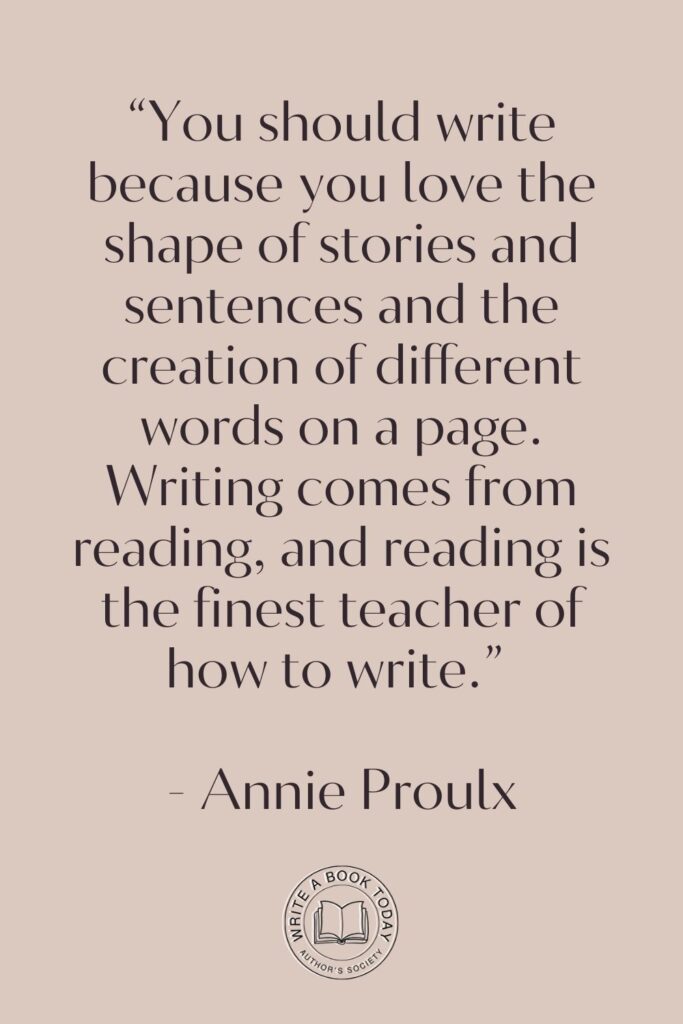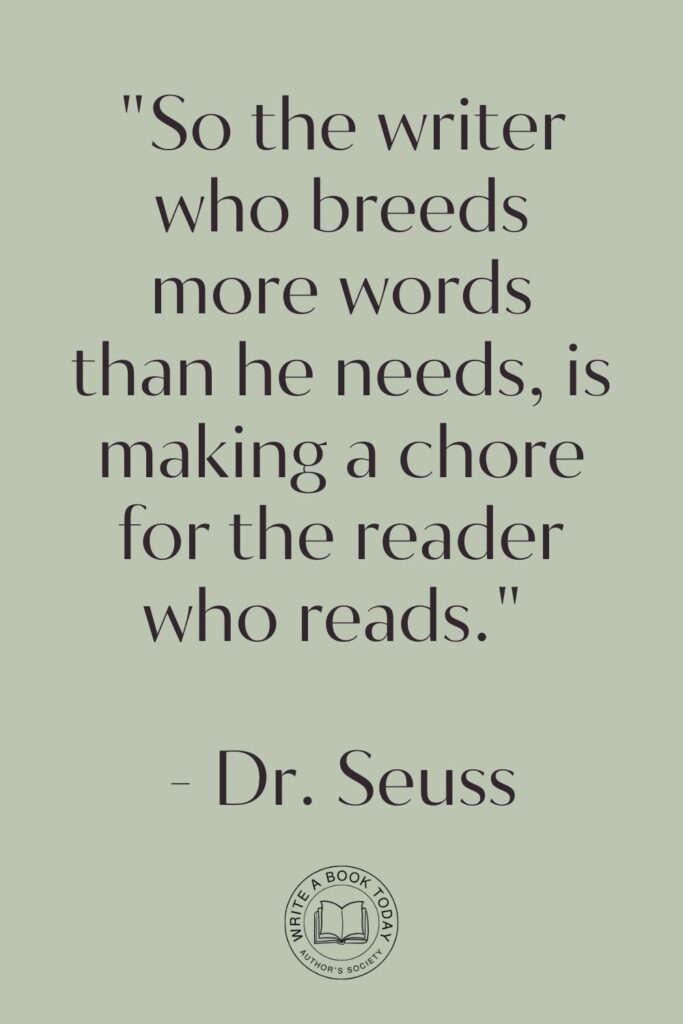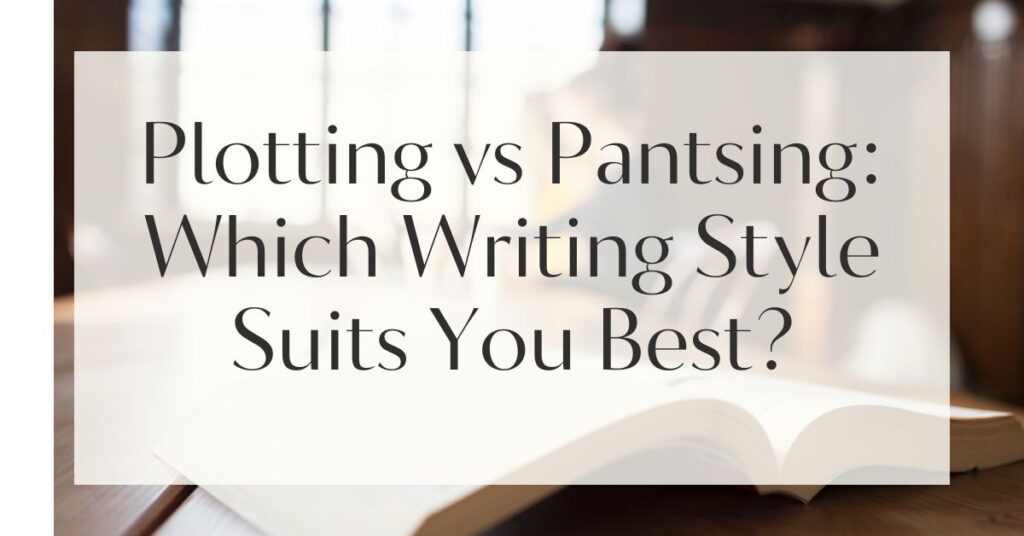Every writer embarks on a journey, a personal odyssey where words become worlds and ideas transform into narratives.
Yet, at the heart of this journey lies a pivotal question: should one meticulously plan every twist and turn, or let the story unfold organically?
This age-old debate between plotting vs pantsing has intrigued writers for generations, shaping the way stories are crafted and told.
Both methods have their champions and critics, each offering unique pathways to creativity.
But which approach aligns best with your writing style?
Understanding the Concepts: Plotting and Pantsing Defined
Before diving into the intricacies of these writing techniques, it’s essential to understand what each entails.
Plotting, often likened to constructing a blueprint, involves detailed planning and outlining before the actual writing begins.
It’s about setting a clear path, knowing where the story is headed, and ensuring every plot point aligns seamlessly with the narrative’s ultimate goal.
The Plotter’s Approach: Methodical and Structured
Plotters are akin to architects, designing their stories with precision and care.
They relish in the certainty that comes with knowing every chapter’s purpose, every character’s arc, and every plot twist long before the first word is typed.
This methodical approach allows for a controlled and structured writing process, minimizing surprises but maximizing coherence.
For plotters, the advantages are clear: reduced chances of writer’s block, a coherent storyline, and a well-defined character development arc.
However, this meticulousness can sometimes stifle creativity, making the writing process feel mechanical or even tedious.
The challenge lies in balancing structure with spontaneity, ensuring the story retains its soul amidst the scaffolding of outlines and plans.

The Pantser’s Approach: Spontaneous and Freeform
In stark contrast, pantsers are the free spirits of the writing world, embracing the unknown and allowing their stories to evolve organically.
This approach, often referred to as “writing by the seat of one’s pants,” is about discovery and exploration. Pantsers dive into their narratives without a predetermined plan, trusting their instincts and intuition to guide them.
For many pantsers, the thrill of not knowing what’s around the corner fuels their creativity. This approach encourages a dynamic and fluid storytelling process, where characters take on lives of their own and plots twist in unexpected ways.
However, the lack of structure can lead to challenges such as plot holes, uneven pacing, and the potential for writer’s block when the narrative hits a dead end.
Google Docs is for notes. Scrivener is for novels. Upgrade your writing game and try it for free today!

The Hybrid Method: Finding Balance as a Plantser
While plotting and pantsing stand as distinct approaches, many writers find themselves navigating the middle ground as “plantsers.”
This hybrid method combines the best of both worlds, offering a flexible framework that allows for both planning and improvisation.
The Pros of Plotting: Advantages of a Structured Approach
Plotting provides a roadmap for writers, offering clarity and direction from the outset. This approach ensures that all narrative elements align cohesively, reducing the need for extensive rewrites.
For complex stories with intricate plots or large casts of characters, plotting can be invaluable in maintaining consistency and coherence.
- Prevents Writer’s Block: A detailed outline serves as a safety net, guiding the writer through potential creative slumps.
- Ensures Narrative Consistency: Plotting helps avoid plot holes and ensures that character arcs are fully realized.
- Streamlines the Writing Process: With a clear plan in place, writers can focus on crafting each scene without second-guessing the storyline.
The Cons of Plotting: Challenges and Limitations
Despite its benefits, plotting isn’t without its drawbacks. The rigidity of a pre-planned outline can sometimes stifle creativity, leading to a narrative that feels predictable or formulaic.
Moreover, the time spent on detailed planning can delay the actual writing process, leaving some writers feeling disconnected from their story.
Plotters may also face the risk of becoming too attached to their outline, resisting necessary changes that could enhance the story.
This inflexibility can hinder the organic development of characters and plots, making it crucial for plotters to remain open to new ideas and directions.

The Pros of Pantsing: Embracing Creativity and Discovery
Pantsing offers a liberating writing experience, where creativity flows unrestrained and stories unfold in real-time.
This approach allows writers to explore their characters and plots organically, often leading to surprising twists and deeper emotional connections.
For pantsers, the freedom to follow their instincts can result in more authentic and engaging narratives.
Characters often evolve naturally, revealing hidden depths and motivations that might not emerge in a pre-planned outline.
This spontaneity can infuse the writing process with excitement and passion, driving the story forward with momentum.
The Cons of Pantsing: Risks and Drawbacks
However, pantsing also comes with its challenges. The lack of structure can lead to disorganized narratives, with plot holes and inconsistencies emerging as common pitfalls.
Without a clear roadmap, pantsers may struggle with pacing, leading to meandering plots or rushed conclusions.
Additionally, the editing process for pantsers can be extensive, as the initial draft may require significant revisions to address structural issues and ensure narrative cohesion.
This can be time-consuming and overwhelming, particularly for writers working under tight deadlines.
No marketing platform? No social following? No problem!
Publisher Rocket helps you market your debut novel like a pro.
It’s a gamechanger for debut authors – try it today!


Navigating the Spectrum: Where Do You Fit In?
Ultimately, the choice between plotting and pantsing – or a combination of both – depends on your personal writing style and preferences.
Understanding where you fit on the spectrum can help you harness the strengths of each approach while mitigating their respective challenges.
The Role of Character Development in Both Approaches
Character development is a cornerstone of both plotting and pantsing, influencing the direction and depth of the narrative.
For plotters, character arcs are carefully planned, with each development aligning with the overarching plot. This ensures consistency and allows for intricate character journeys.
Conversely, pantsers often discover their characters through the writing process, allowing personalities and motivations to emerge organically.
This can lead to unexpected developments and richer character portrayals, as writers respond to the evolving dynamics of their story.

Exploring the Emotional Core: The Heart of Your Story
At the heart of every compelling narrative lies an emotional core, the driving force that connects readers to the story.
Whether you’re a plotter or a pantser, tapping into this emotional core is essential for creating a resonant and impactful narrative.
For plotters, this may involve identifying key emotional beats within the outline, ensuring that each scene contributes to the story’s emotional arc.
Pantsers, on the other hand, may rely on their instincts to capture raw and authentic emotions, allowing the narrative to unfold naturally and intuitively.
Techniques for Each Style: Tools to Enhance Your Process
Regardless of your chosen approach, there are various techniques and tools available to enhance your writing process.
These can help you overcome challenges, streamline your workflow, and unlock new creative possibilities.
Feeling lost with your debut novel?
Fiverr Pro connects you with expert editors, designers, and marketers – everything you need to get your book ready for success!

Practical Exercises for Plotters
For plotters, exercises such as mind mapping, outlining, and character profiling can provide valuable insights and structure.
These tools help organize thoughts and ensure that all narrative elements align cohesively.
- Mind Mapping: Visualize the connections between plot points, characters, and themes to create a comprehensive overview of your story.
- Character Profiling: Develop detailed character profiles to ensure consistency and depth throughout the narrative.
- Scene Outlining: Break down each scene into key components, including setting, conflict, and resolution, to maintain focus and clarity.
Practical Exercises for Pantsers
Pantsers can benefit from exercises that encourage spontaneity and creativity, such as free writing, improvisational writing, and character interviews.
These techniques allow writers to explore their narratives without constraints, fostering a dynamic and organic storytelling process.
- Free Writing: Set a timer and write continuously without editing or censoring your thoughts. This can help overcome writer’s block and unlock new ideas.
- Improvisational Writing: Use prompts or scenarios to generate spontaneous scenes and dialogues, encouraging creativity and experimentation.
- Character Interviews: Conduct interviews with your characters to uncover their motivations, desires, and conflicts, adding depth and authenticity to your narrative.

Finding Your Unique Method: A Personal Journey
Ultimately, the decision to plot or pants – or embrace a combination of both – is a deeply personal one. It requires introspection and experimentation, as you explore different methods to discover what works best for you.
Real-Life Examples: Authors Who Plot and Pants
Many successful authors have navigated the plotting vs pantsing debate, finding their unique balance along the spectrum.
For instance, J.K. Rowling is known for her meticulous plotting, crafting detailed outlines for her Harry Potter series. In contrast, Stephen King is a renowned pantser, allowing his stories to evolve organically as he writes.
These authors exemplify the diversity of writing approaches, demonstrating that there is no one-size-fits-all solution.
By exploring different methods and learning from the experiences of others, you can find your own path to storytelling success.
Embracing Your Writing Identity: No Right or Wrong Way
As you embark on your writing journey, remember that there is no right or wrong way to create a story.
Whether you identify as a plotter, a pantser, or a plantser, the key is to embrace your writing identity and trust in your creative instincts.
Your writing process is a reflection of your unique voice and vision, and by staying true to yourself, you can craft narratives that resonate with readers and leave a lasting impact.

The Final Word: Crafting Your Own Path in Writing
In the end, the debate between plotting vs pantsing is less about choosing sides and more about discovering what works best for you.
Both approaches offer valuable insights and opportunities for growth, and by experimenting with different methods, you can refine your craft and find your own path in the world of writing.
| Aspect | Plotting | Pantsing |
|---|---|---|
| Structure | Highly structured with detailed outlines | Flexible and spontaneous |
| Creativity | May feel constrained | Encourages creative exploration |
| Editing | Less extensive due to planning | Often requires significant revisions |
| Time Investment | Front-loaded with planning | More time-consuming in editing |
By understanding the strengths and limitations of each approach, you can tailor your writing process to suit your needs and aspirations.
Whether you’re crafting intricate plots or diving into the unknown, the key is to remain open to new ideas and embrace the journey of storytelling.
So, dear writer, which path will you choose?
The structured certainty of plotting, the wild adventure of pantsing, or the balanced harmony of plantsing?
Whatever your decision, remember that your story is uniquely yours, and the world is waiting to hear it.








